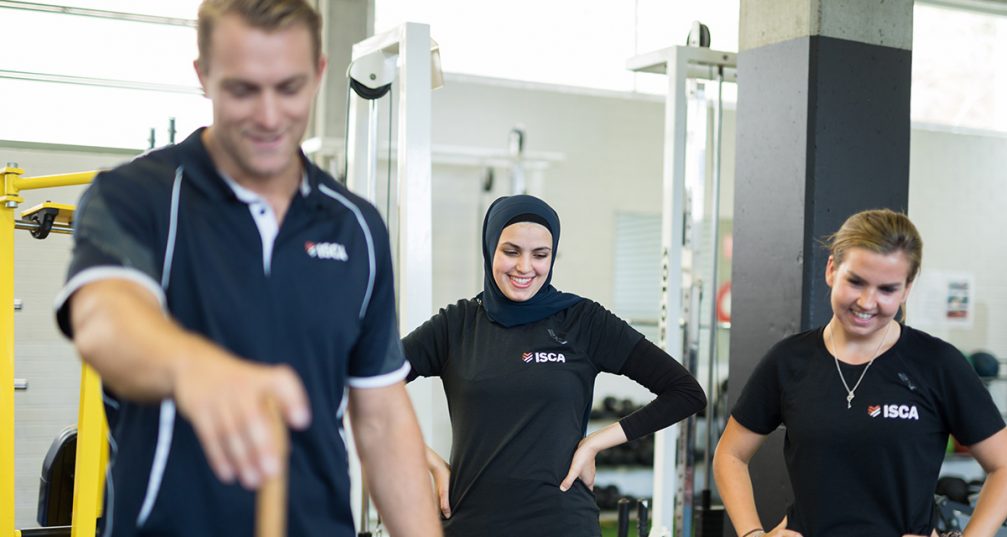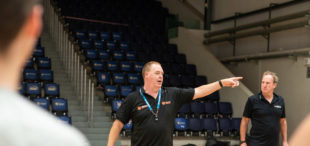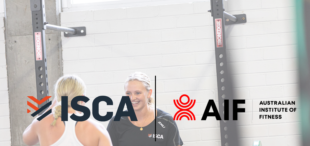Stay Home – the worldwide movement and the implications to athletic performance

Braden Woods

With the outbreak of Covid-19 and the subsequent impact on the economy, the sporting industry in 2020 is facing challenges like never before. While many athletes were set to transition into their peak performance phasing, whether it be Tokyo Olympic trials, competition for the NRL, AFL, EPL, or even local semi-pro competition, it has now all been brought to a sudden halt. With most sporting competition being postponed, training has not followed suit. It has merely altered location and format, and this peak in athletic performance has now shifted slightly into the future.
The forced shut down of sporting facilities and gym space has seen a sudden transition to home style training and workouts. Online stores have been selling out of training equipment, while athletes rush to construct their home gyms in an attempt to maintain their athletic performance. Gyms are renting out their equipment to athletes, programs have moved online, and every influencer is attempting to sell their workouts through social media with free 4-week training plans.
It is challenging for athletes to figure out what action to take in this time of isolation, however it is important for both physical and mental health, to maintain an active lifestyle whatever this may mean for them. It is also essential to ensure that this is done in a safe way; buy washing hands, social distancing, and staying at home where possible.
There are many variables to consider when transitioning to home workouts, but some of the key concepts that athletes should keep in mind when training at home include:
1. Energy Systems
Think about the predominant energy systems in your sport and try to maintain specificity when exercising at home. For example, if your sport consists of short sharp burst of energy, there is no use in going for continuous 10km runs every day. Rather, stick to high intensity intervals to maintain fast twitch muscle fibers and explosive power.
2. Sport specific muscles and movements
Think about the muscles used in your sport and the shapes that you create when performing activities. Try to mimic these when working out to create familiarity with your nervous system so you are able to complete the actions effortlessly and subconsciously when it comes back to competition time.
3. Push discomfort levels
Constantly challenge yourself to maintain regular adaptation. The body adapts quickly and if you are not creating enough variation in your workouts (through altered intensity, volume, rest, tempo etc) you will find that you will plateau with your performance rather quickly.
4. Rest and recover
Be sure to put aside time for rest. It is also important to ensure physical and psychological recovery from the sudden onset stress that has affected us all. Spend time with family, reset the clock, and take the time to relax.
By taking in the wealth of knowledge available and maintaining a creative train of thought, there is no excuse as to why an athletes physical or mental health needs to suffer during this time. The world around us is rapidly transforming and the athletes that will emerge from this pandemic successful, are those that will adapt to the change.
Apply for our next ISCA intake and make your year count!




